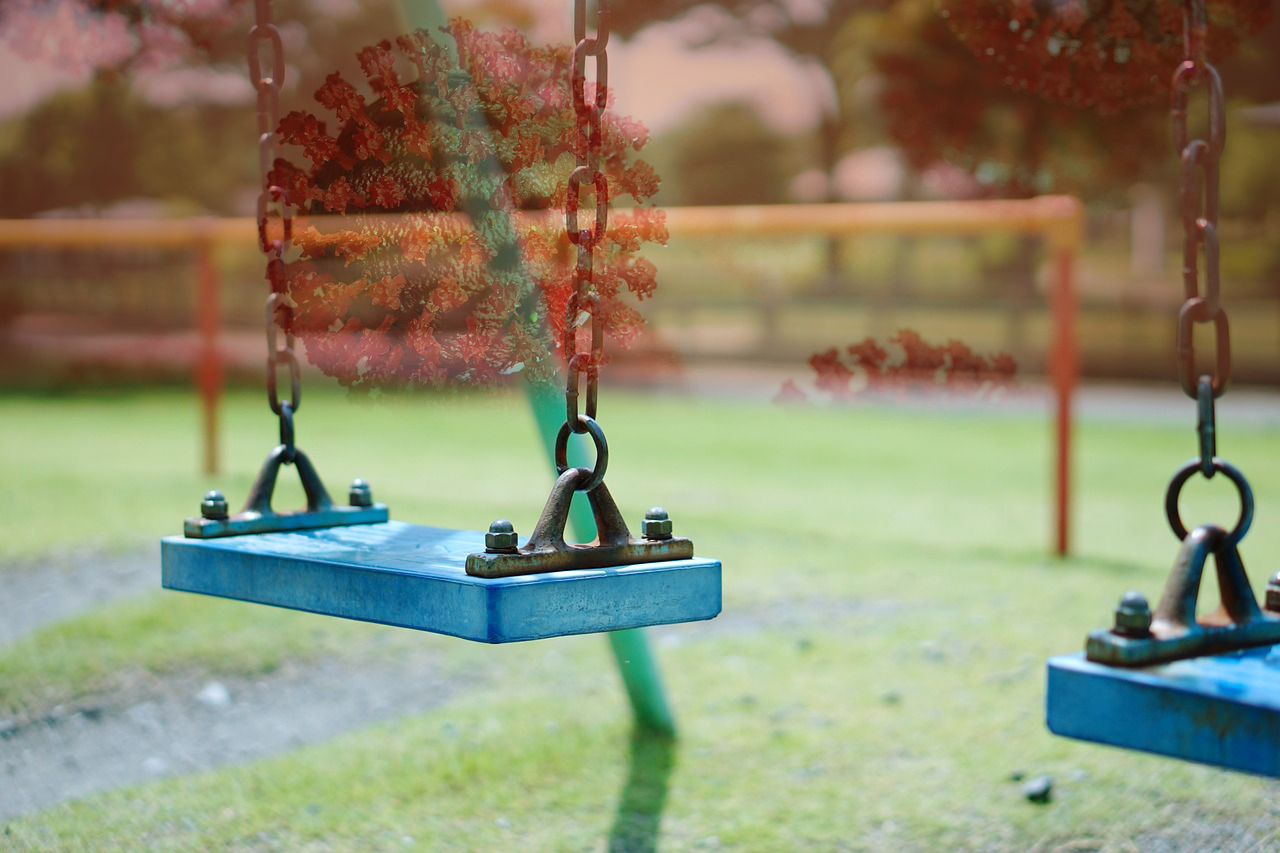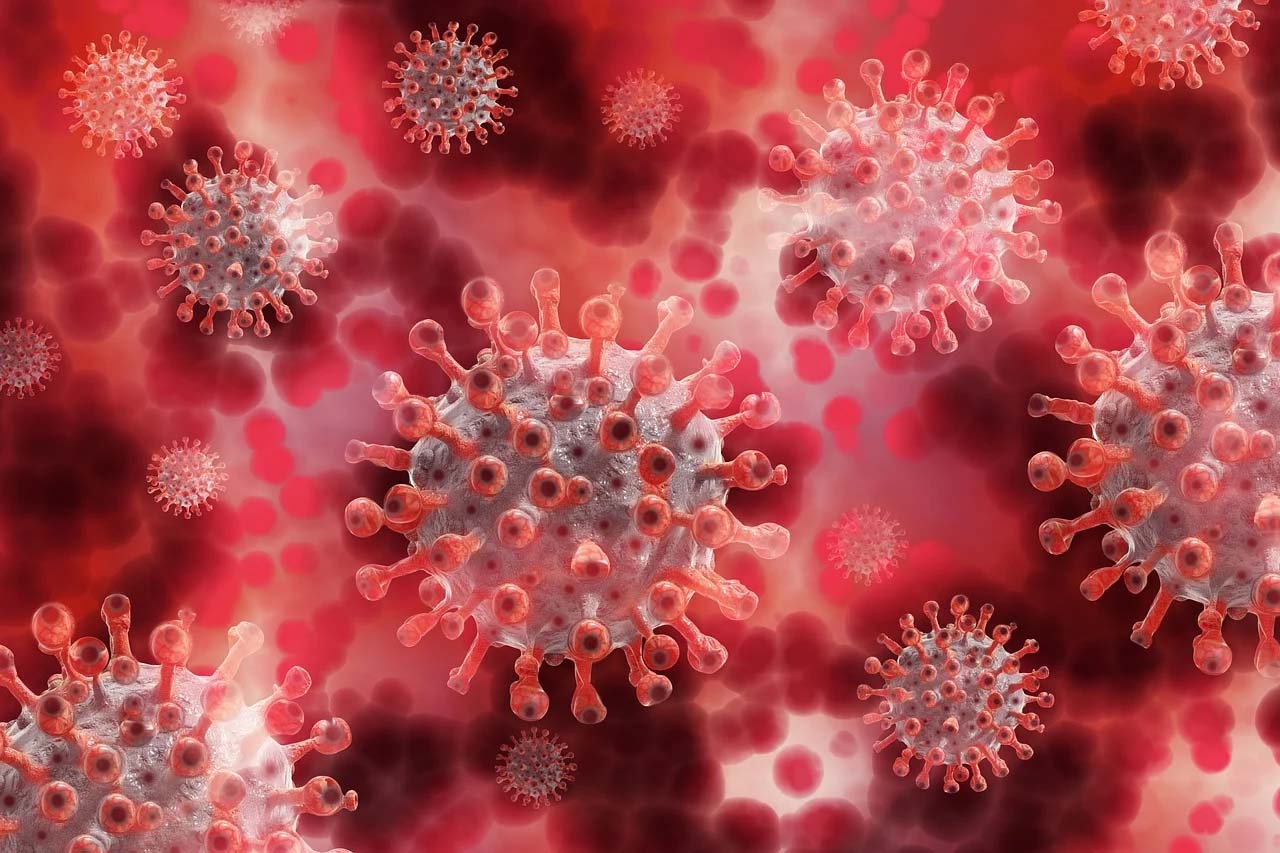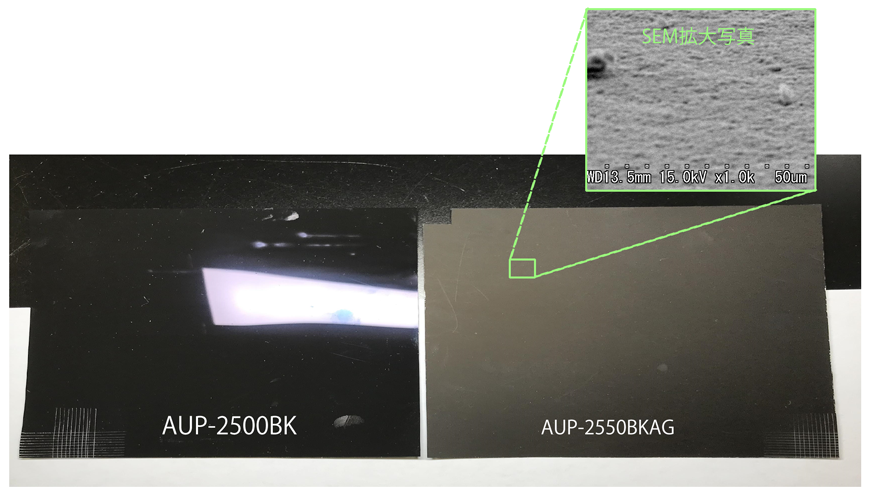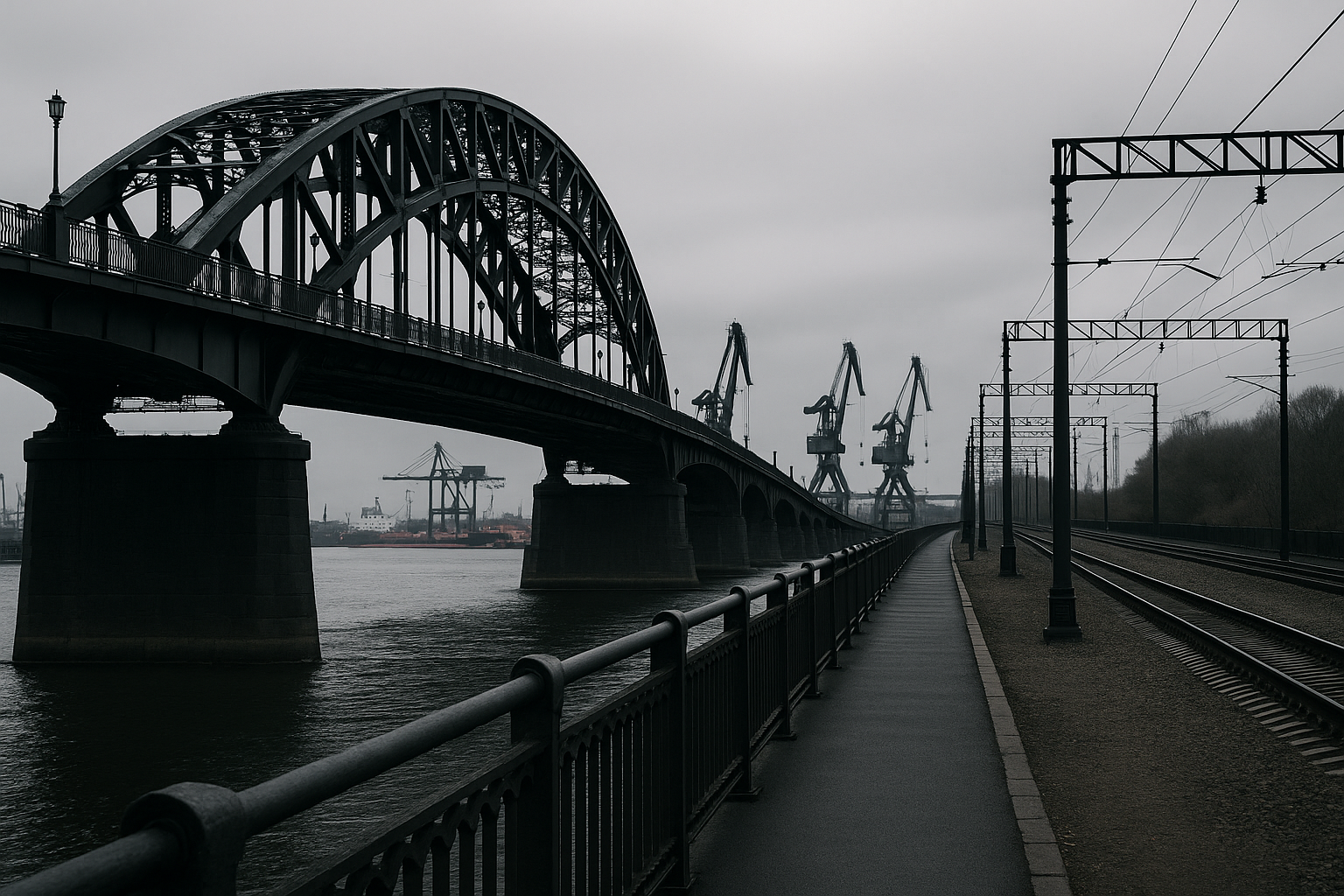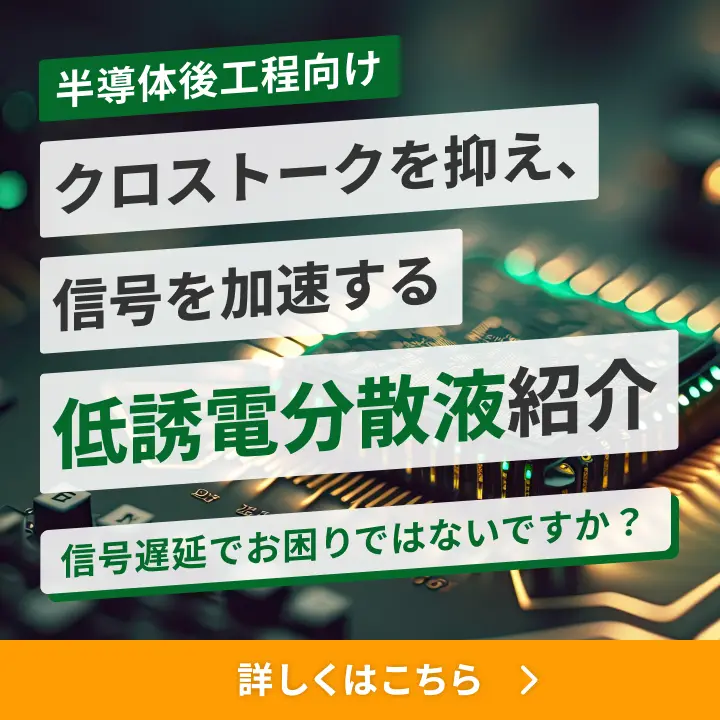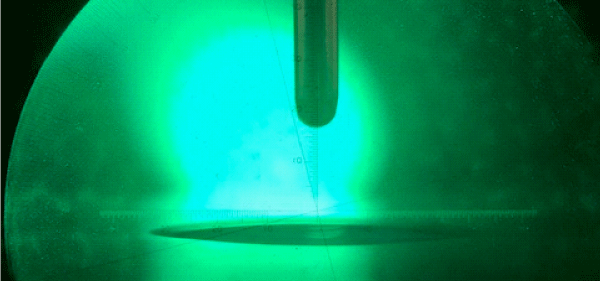
This article focuses on the phenomena of fogging, and introduces the features, types, and applications of coatings developed by TOKUSHIKI that prevent fogging, i.e., anti-fog coatings.
What is anti-fog coatings?
As mentioned above, if the glasses are only cloudy in the room or on the train, you can laugh. However, clouding of industrial sensors, surveillance camera lenses, automotive glass, etc. can greatly affect productivity and hazards.As for the surface condition to exert the function of preventing such fogging, in general, the contact angle with water is low, and those with less than 40° are called hydrophilic, and among them, those with a contact angle of 10° or less are called superhydrophilic. If the contact angle with water is low, water will diffuse to the surface and no haze will occur.
Steam is very fine water droplets, which may cause the windshield or mirror to become cloudy. This fine water droplet is not formed on the hydrophilic surface, thus keeping a clear view. This function is called anti-fog function.
Types that express hydrophilicity are largely divided into organic and inorganic systems.
①Inorganic system
This is a photocatalyst typified by titanium oxide. Hydrophilic hydroxyl groups (-OH groups) are formed on the surface of titanium oxide by sunlight (mainly ultraviolet rays), thereby increasing their affinity with water molecules and developing their hydrophilicity.
However, there is a problem that hydrophilicity cannot be volatilized in the absence of sunlight. Recently, some types are able to exert photocatalytic effects even in visible light, but they are still expensive and therefore have not been widely used.
In addition, organic substances such as resins and substrates may be decomposed due to the formation of substances with very strong oxidizing power in the hydrophilic pathway. Therefore, inorganic coating agents are often used for inorganic substrates.
②Organic system
Many types contain ions or hydrophilic groups in the resin. Although it does not require light to develop hydrophilicity, it has drawbacks in durability and hydrophilicity persistence.
Because of the resin system, the wide range of coating and curing methods that can be selected is advantageous for easy molding. In addition, the higher transparency compared to titanium oxide is also advantageous.
TOKUSHIKI's anti-fog coatings are resin-based and thermoset coatings. Features are as follows.
①Due to the low contact angle with water, water spreads on the coating film without water droplets.
②Due to its weak self-healing property, it is superior in scratchability to similar acrylic paint films.
Since it is a thermosetting type, it is possible to add various fillers to the coating film.

Application and lineup of anti-fog coatings
Application:
Anti-fog coatings on various substrates such as glass and plasticLineup:
| Product name | Contact angle | Transmittance | Hardness | Features |
|---|---|---|---|---|
| AR - 9002 | < 5 ° | 90.4 | F | Flexible resins |
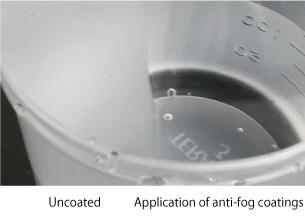
coating agent anti-fog coatings
Summary
- Anti-fog coatings refer to coatings that make the surface hydrophilic with a low contact angle between the coating and water.
- TOKUSHIKI's anti-fog coatings are resinous and thermoset coatings.
- This coating agent has a low contact angle to water, so water spreads on the coating film without water droplets, and antifogging properties can be expected.
- Due to its self-healing property, it is superior in scratchability to similar acrylic paint films.

